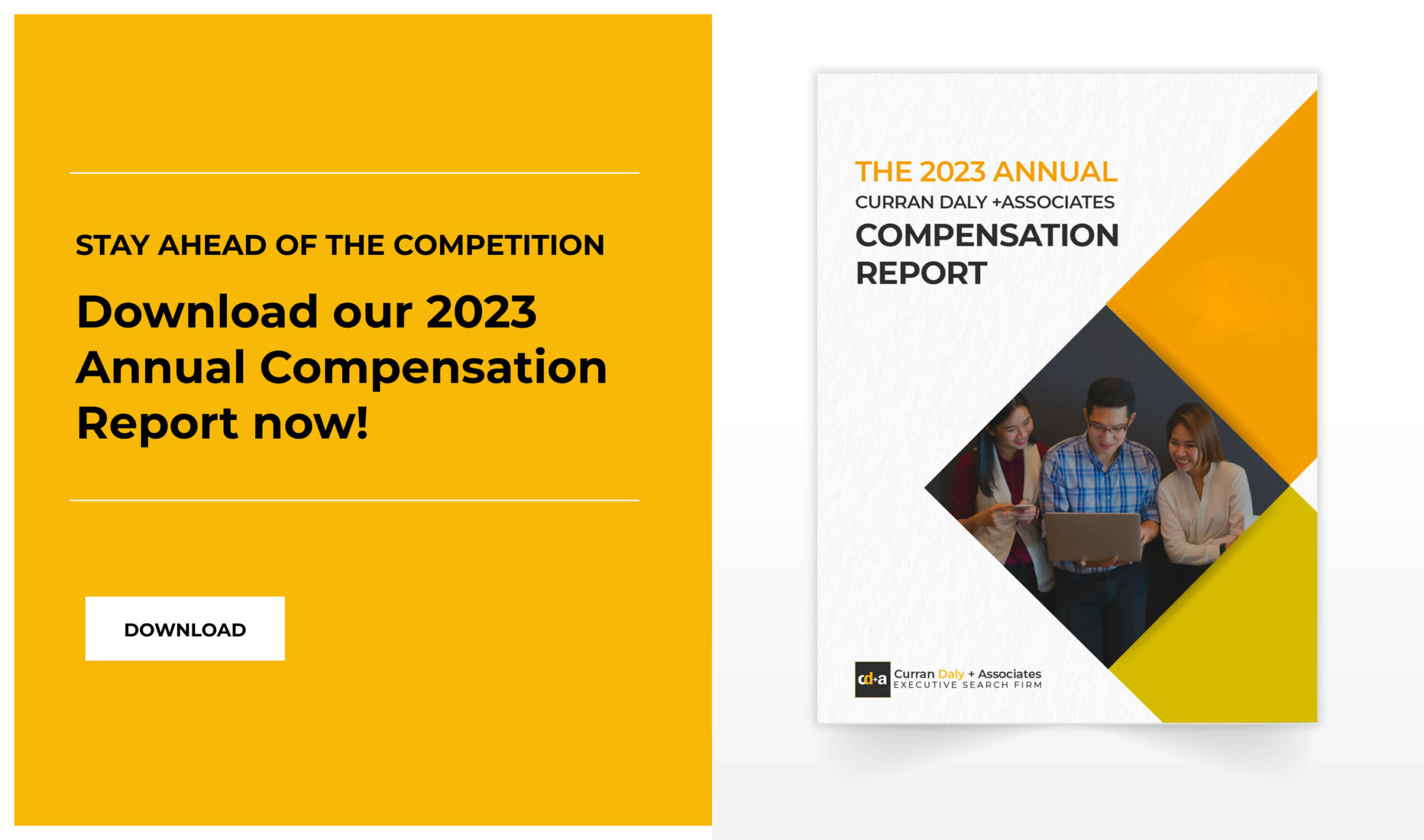- Employee engagement involves more than just knowing whether people like their jobs or not.
- It indicates the commitment of employees towards the organization and its success.
- It also shows how motivated and emotionally invested they are in being a productive member of the organization.
- There are a lot of productivity measurements and it’s easy for organizations to become a slave to metrics in their quest to reach that next level faster and with fewer resources.
- In this quest for productivity, organizations’ plans can backfire when they fail to balance these goals with their people’s needs.
Companies are always on the lookout for the best talent. However, some of these companies often neglect their retention and employee engagement strategies. If so, there’s a high chance that top talent will just move on to the next job opportunity with better pay, benefits, and responsibilities.
What is employee engagement?
Employee engagement involves more than just knowing whether people like their jobs or not. It indicates the commitment of employees towards the organization and its success. It also shows how motivated and emotionally invested they are in being a productive member of the organization.
Related: How to Attract and Retain Executive Talent in 2022
Here are several reasons why employee engagement is important:
- Strong employee engagement is known to reduce absenteeism. Employers that have taken steps to engage their workforce see 41% less absenteeism in the workplace.
- Engaged employees normally outperform those who are less engaged. Companies with high employee engagement are more productive and 21% more profitable overall.
- Low employee engagement can be costly for the organization. Research shows that businesses spend $4,129 on average to hire new talent, and around $986 to onboard the new hire, an occurrence which can be easily avoided by engaging current employees.
Productivity is the measurement of how well an organization converts input resources (people, materials, machines, etc.) into goods and services (output) and in today’s increasingly competitive global market, productivity is vital to survive or prosper.
There are a lot of productivity measurements and it’s easy for organizations to become a slave to metrics in their quest to reach that next level faster and with fewer resources. In this quest for productivity, organizations’ plans can backfire when they fail to balance these goals with their people’s needs.
In this week’s blog post we discuss how HR and line managers can assist in ensuring productivity gains are made without “burning out” their people.
Related: 10 Strategies to Attract Top Tech Talent
Warning signs that hinder employee productivity
In a paper by Golden (2011), several organizations were monitored where their employees were asked to work longer hours with fewer resources over several months. Results found that while additional working hours may reflect a worker’s work ethic or commitment to the job and with the hope of attaining higher current or future earnings, at some point, longer working hours inevitably began to create risks and time conflicts that interfere not only with the quality of non-work life, but also on-the-job performance, with some employees eventually leaving.
In another study, Bond & Galinsky (2006) discussed entry-level employees and productivity. In their paper, they observed frequent gaps or mismatches between a worker’s capabilities and the tasks assigned to them. They found that these gaps lead not only to loss of productivity but unhappy employees. Originally meant as an effort to lower costs, these mismatches of resources would end up costing companies more in the long run.
In these scenarios, it’s clear that companies who stop focusing on their people can suffer decreased productivity. There needs to be a balance between your people and the changes being made in the business.
How can you support your people and at the same time improve productivity?
- Effective managers and leaders set direction and execute. Leaders and managers play a critical role in defining the direction, purpose, priorities, goals, and roles of the workforce. The capability of the manager (with the support of HR) to develop plans, hire effectively, coach, motivate, and develop employees is crucial to success. Unfortunately, many managers have been seen as a weak link in the productivity chain, so HR also has the supportive role of developing great leaders/managers and identifying/removing the ineffective ones.
- Know your people. Who would know more about what happens on the job than the person in it? Involve your employee and encourage them to make suggestions about improving the ways in which the organization works.
- Set reasonable goals. Whether it involves finishing up a particular project or improving overall performance measures, provide reasonable goals & objectives (telling them to improve sales by 300% by the end of the year or they’re fired probably won’t resonate). Show them how they can increase their productivity over the next year or so, and communicate the plan clearly. They may wind up surpassing your expectations.
- Measure tasks, not total hours worked. The focus should be more on how long it took to finish a task versus how long an employee was present in the office. How many cases have they closed? How many reports did he file? How many reservations has she made? There are plenty of distractions throughout the day competing with different priorities, so line managers have to simply ask themselves whether the needed work gets done and adjust schedules or duties given to certain team players where they are most productive.
- Employee engagement directly contributes to corporate performance and workplace culture sets the stage for it. Access to informal collaborative workspaces, for example, enables person-to-person connections that create a larger sense of engagement.
Those were just a few ideas that may help you. How do you support productivity in your organization? Share with us your tips in our comments box below.
References:
6 Ways To Boost Employee Engagement & Productivity | Morgan McKinley. (2020). Retrieved 7 September 2022, from https://www.morganmckinley.com/article/6-ways-boost-employee-engagement-and-productivityTeam, T., & Team, T. (2017). How to Engage Employees; A Complete Guide for Managers | Nutcache. Retrieved 7 September 2022, from https://www.nutcache.com/blog/how-to-engage-employees/










0 Comments